In 2014, Mr. Pao's family and many other households in the village were encouraged by commune officials to convert land from growing short-term food crops to growing tea. Realizing that this was a potential direction, his family pioneered the planting of 3 hectares of tea in the direction of commodities. In addition to the tea varieties supported by the State, he also participated in learning knowledge and techniques to grow and care for tea effectively. Up to now, the tea area has brought in an income of more than 200 million VND/year. Thanks to that, Mr. Pao's family quickly escaped poverty and quickly rose to become a good production and business household at the commune and district levels. Not only that, he also shared his experiences, helping many households in the village find a way out of poverty.
In Ban Sen commune (Muong Khuong), established in 2020, Ban Sen Cooperative, after 4 years of operation in the field of tea production and processing, has also achieved many successes with the model of linking commodity production with farmers in the region. Currently, the cooperative is linking the consumption of 900 hectares of tea from farmers in Ban Sen, Ban Lau, Lung Khau Nhin, and Nam Lu communes; has a tea processing factory with a capacity of 20 tons of fresh tea buds/day. In 2024, the cooperative will have 2 tea products meeting 3-star OCOP standards.
Lao Cai agricultural products are sold in many places across the country.
Mr. Tran Manh Thang, Director of Ban Sen Cooperative, said: Every year, the cooperative purchases and processes 10,000 tons of fresh tea buds for farmers. The processed products are exported to the Middle East, Afghanistan and partly consumed domestically. In addition to selling products to farmers, the cooperative also creates regular jobs for more than 20 local workers with an average income of 7.5 million VND/person/month.
In Sa Pa town, Traphaco Sapa One Member Co., Ltd. is linking the production chain of 45.5 hectares of artichoke plants of local people. Each year, artichoke plants yield about 2,000 tons, bringing in nearly 5 billion VND in income for growers. 100% of the area and products of artichoke plants are purchased and processed by the company. Currently, the company has put into deep processing to create branded, high-value artichoke products. Typically, Sa Pa artichoke soft extract and Sa Pa artichoke mist tea have been certified as 5-star OCOP products, certified to meet GACP-WHO standards.
Mr. Do Tien Si, Director of Traphaco Sapa One Member Co., Ltd. said: The company always creates sustainable links with raw material producers in groups of households to develop a more sustainable model and aim to produce quality medicinal herb growing areas, creating economic efficiency and increasing income for people. In addition, deep processing of products to gradually bring Sa Pa medicinal herbs to the world
Implementing the Strategy for developing commodity agriculture, people's awareness and thinking about agricultural production have changed positively. People have boldly transformed small-scale, fragmented production models into concentrated, large-scale production with high quality standards. The province's commodity agricultural development by 2025 has completed and exceeded a number of set targets, such as tea, cinnamon, medicinal herbs, converting ineffective land to produce key crops and animals; building 3-5 star OCOP products.
According to the assessment of the Provincial People's Committee, after more than 3 years, 12,601/12,000 hectares of land for growing ineffective crops have been converted to grow key crops, exceeding the set target by 5%. New investment has been attracted and 34 projects in the agricultural sector have been upgraded (22 new investment projects and 12 projects to upgrade factories and processing facilities); currently, 33 projects are still in operation, reaching 82.5% of the target. Agricultural, forestry and fishery processing factories are equipped with modern machinery and equipment, applying high and advanced technology in processing and preserving agricultural and forestry products.
The province has so far confirmed 168/179 safe agricultural supply chains; 44.2 hectares are certified with valid VietGAP; 13 chains linking production and consumption of key products, the area according to the value chain reaches 4,326 hectares with 6,150 households participating in the linkage. The province has 107 enterprises, cooperatives and 331 product lines on the electronic traceability information system of agricultural products; the system supports trade promotion of agricultural products with 440 products/239 enterprises, cooperatives, households and individuals participating. Raising black pigs for goods in Bat Xat district.
The total capital demand for agricultural commodity production in the province in the period of 2022 - 2025 is very large, about 4,310 billion VND, of which the budget capital is 680 billion VND, and non-budget capital is 3,630 billion VND. In the period of 2022 - 2024, the province has integrated central and local budget capital sources to promote agricultural commodity production, supporting more than 564 projects with a total cost of 873 billion VND.
To continue improving the efficiency of agricultural commodity production in the spirit of Resolution 10-NQ/TU of the Provincial Party Committee Standing Committee on the Strategy for developing agricultural commodities in Lao Cai province to 2030, with a vision to 2050 in the coming time, the Provincial Party Committee and the Provincial People's Committee have directed to focus on a number of key tasks. In particular, promoting the leadership role of grassroots Party committees, considering the task of developing agricultural commodities as an important political goal and task for leadership, direction, and having good solutions to deploy and implement effectively, substantially, and in the long term. Effectively using resources from the budget, national target programs and socialization for development. Promoting the application of science and technology to increase the added value of agricultural commodities. Improving the capacity for market analysis and forecasting; promoting trade promotion and consumption of agricultural products. Pay attention to improving the quality of operations of cooperatives, cooperatives, agricultural commodity production enterprises, etc.
Source: https://baolaichau.vn/kinh-te/thuc-day-san-xuat-nong-nghiep-hang-hoa-675785


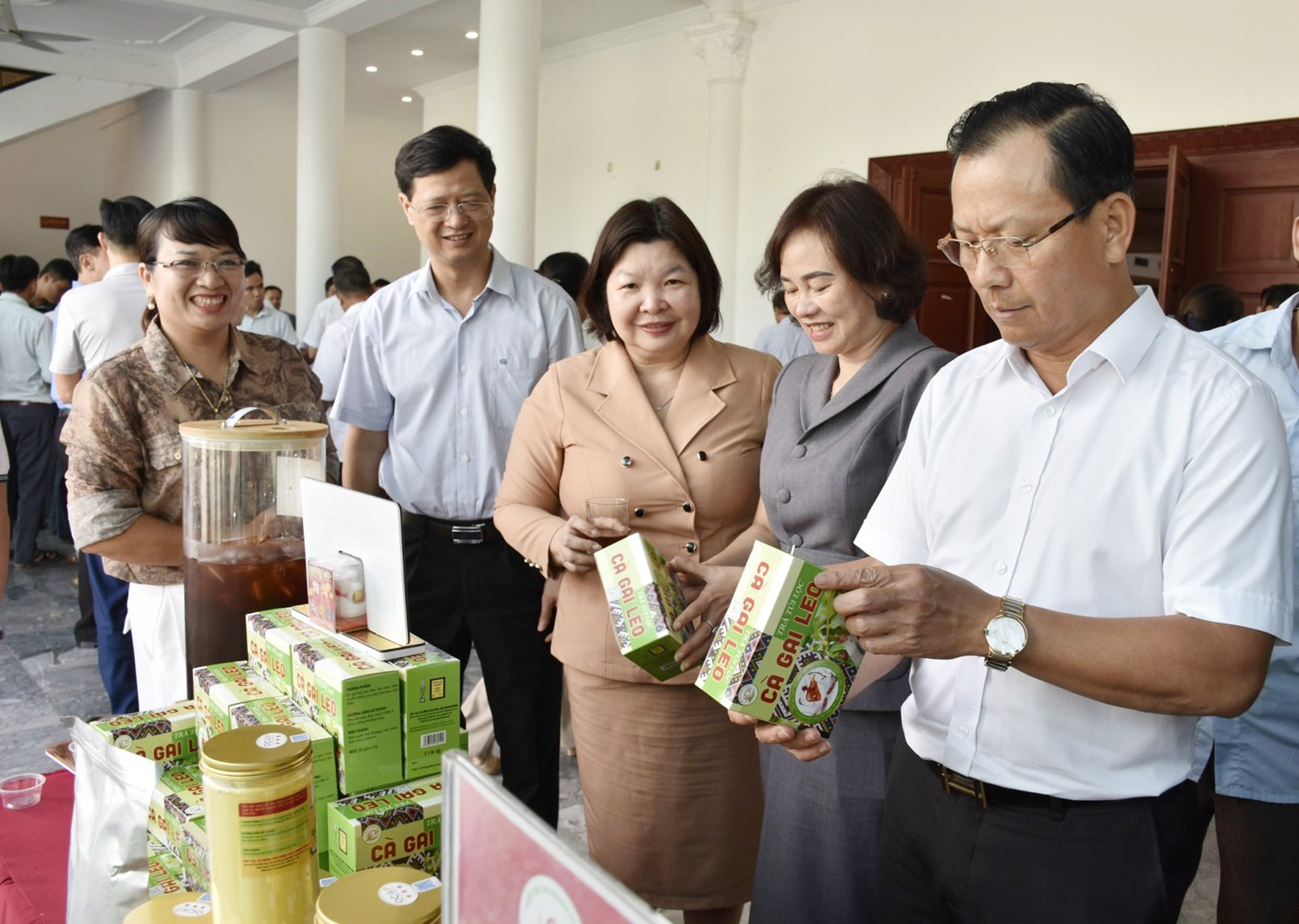






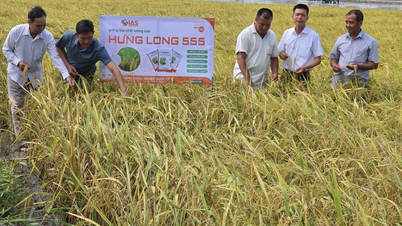

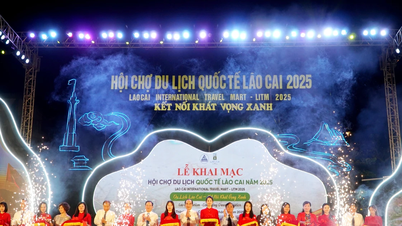



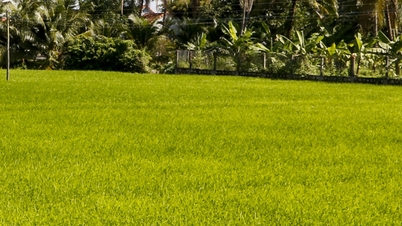

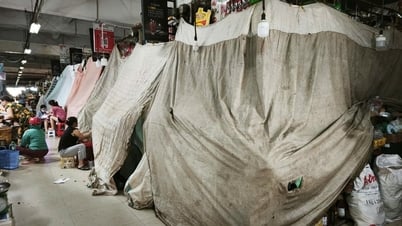







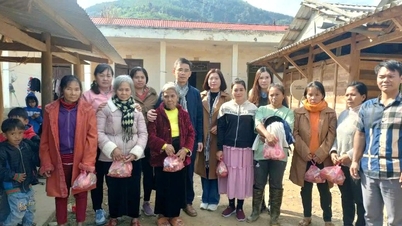
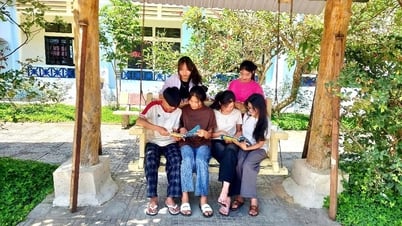
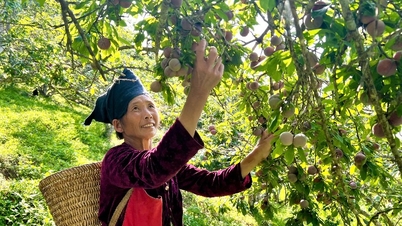
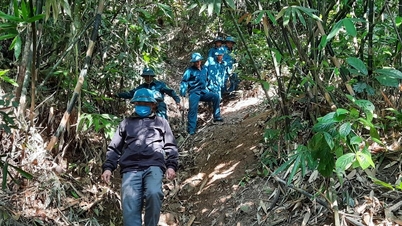
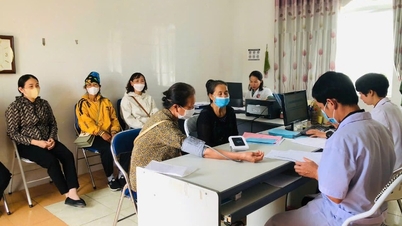
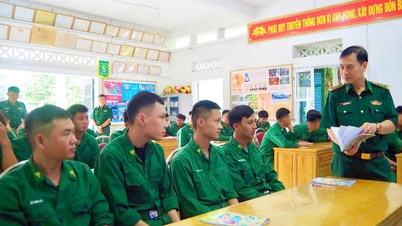



































































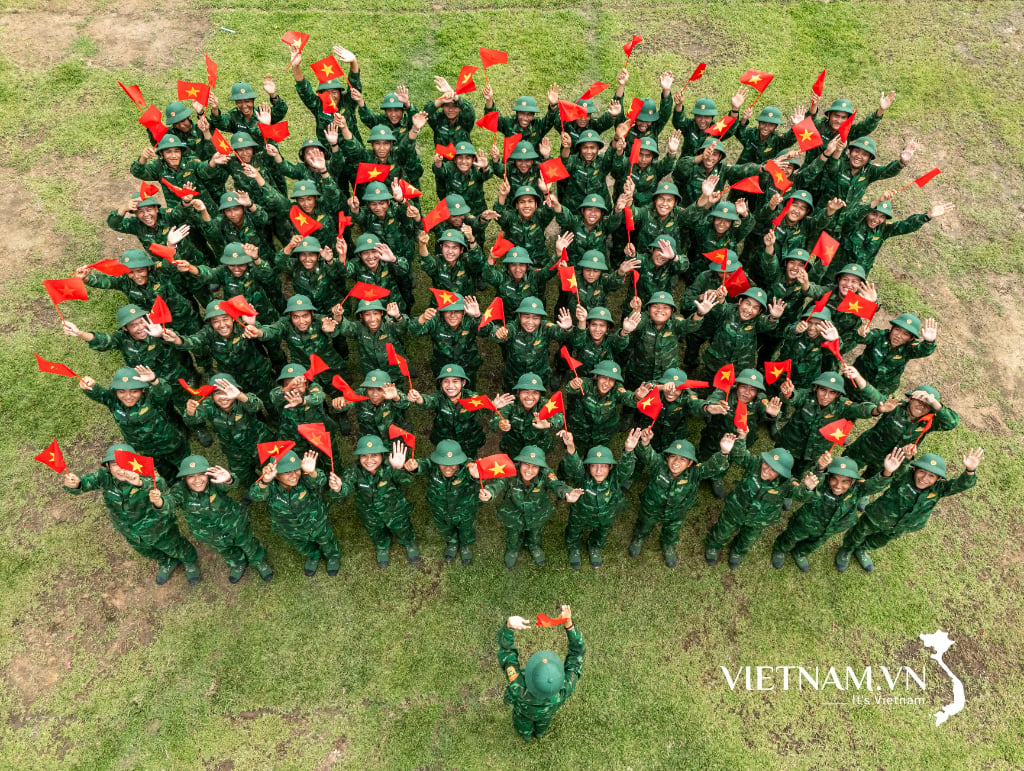
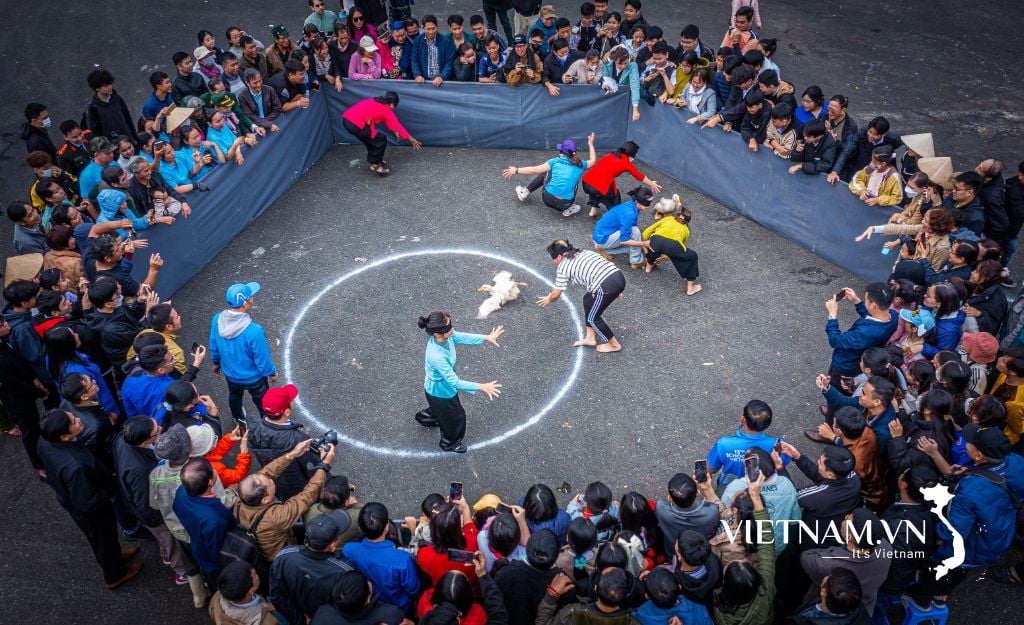
Comment (0)